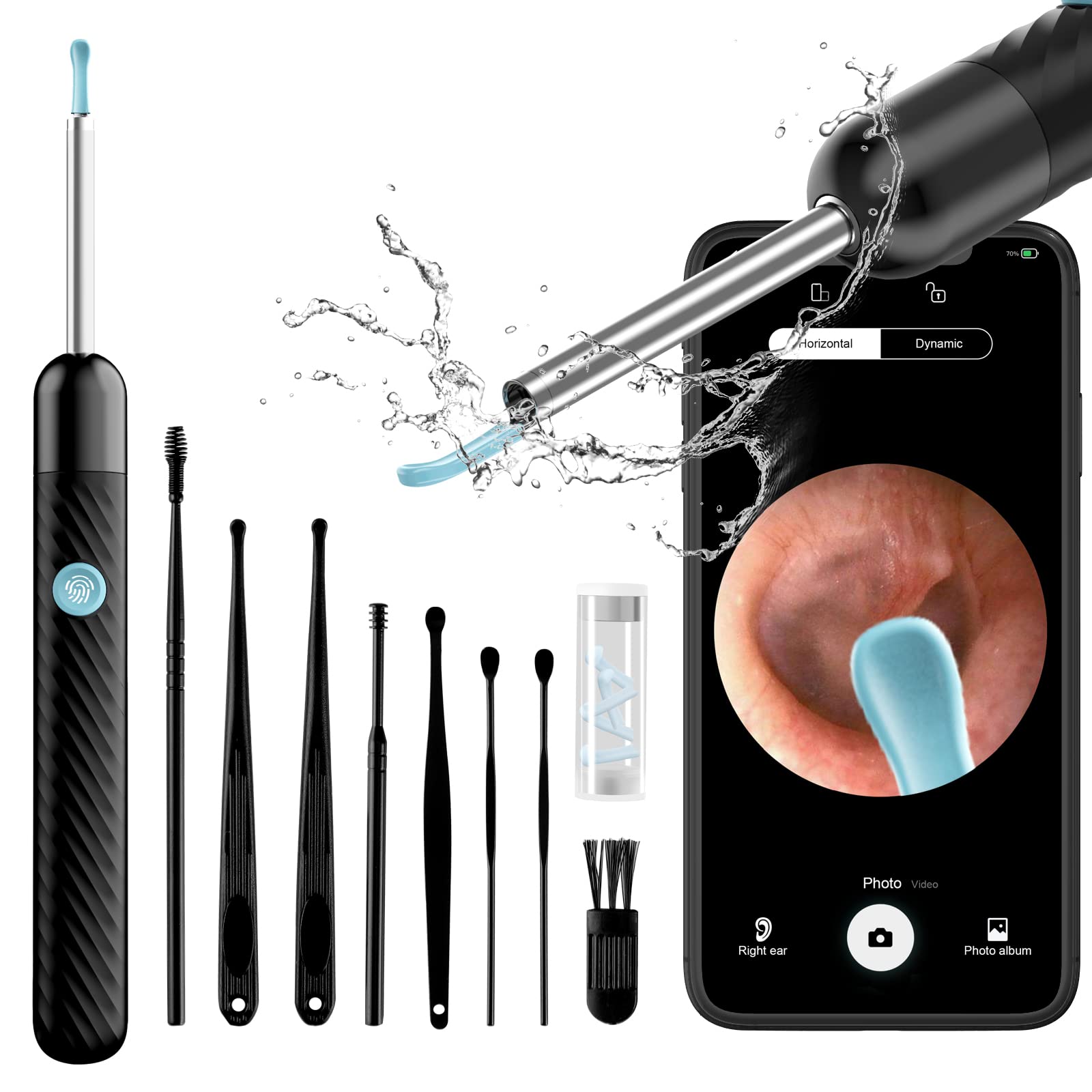
Welcome to our exploration of a common and often overlooked bodily secretion: ear wax. While it may not be the most glamorous topic, ear wax serves a vital function in keeping our ears clean and healthy. Despite its importance, there are many myths and misconceptions surrounding ear wax that contribute to confusion about what it is and how to properly care for our ears.
So, what is ear wax exactly? Also known as cerumen, ear wax is a natural substance produced by glands in the ear canal. Its primary role is to protect the delicate skin of the ear canal from water, infection, and foreign particles. The composition of ear wax varies from person to person, with some producing more cerumen than others. Despite its benefits, ear wax can sometimes cause issues if it builds up or is removed improperly. Ear Wax Removal Exmouth Let’s dive into the myths and facts surrounding this fascinating substance.
Composition of Ear Wax
Ear wax, also known as cerumen, is a waxy substance produced by glands in the ear canal. It is a mixture of sweat, dead skin cells, and secretions from glands in the outer ear. The exact composition of ear wax can vary from person to person, with some individuals producing drier ear wax while others have stickier or wetter ear wax.
The primary components of ear wax include fatty acids, alcohols, and cholesterol. These substances help to maintain the pH balance in the ear canal and protect the skin from irritation and infection. Additionally, ear wax contains antimicrobial properties that help to keep the ear canal clean and free from harmful microorganisms.
Contrary to popular belief, ear wax is not just a dirty substance that needs to be constantly removed. It plays a crucial role in the health of the ear by lubricating the ear canal, trapping dust and debris, and preventing insects from entering the ear. However, excessive buildup of ear wax can lead to blockages and hearing problems, requiring intervention by a medical professional.
Common Misconceptions
Some people believe that ear wax is a sign of poor hygiene, but this is not necessarily true. Ear wax is actually a natural substance produced by the body to protect the ear canal and keep it clean. It traps dust, dirt, and other particles, preventing them from reaching the eardrum.
Another common misconception is that ear wax needs to be removed frequently. In reality, the ear is self-cleaning, and ear wax will usually work its way out of the ear on its own. Trying to remove ear wax too often or aggressively can actually push it further into the ear canal, leading to blockages and potential hearing problems.
There is a misconception that using cotton swabs is the best way to clean ear wax. However, inserting cotton swabs into the ear canal can actually push ear wax deeper and cause damage to the delicate structures of the ear. It is recommended to let the ear wax naturally migrate out of the ear canal, and to consult a healthcare professional if there are concerns about excess build-up.
Proper Ear Wax Removal
When it comes to removing ear wax, it’s essential to practice caution and avoid inserting anything deep into your ear canal. Contrary to popular belief, using cotton swabs or q-tips can actually push the wax further in, leading to potential blockages and damage.
A safer method for ear wax removal is to use over-the-counter ear drops to soften the wax. Simply lie on your side with the affected ear facing up, apply the drops as directed, and gently massage the area to help facilitate the wax’s natural expulsion.
If you experience persistent earwax buildup or are unable to remove it on your own, it’s best to seek professional help from a healthcare provider. They can safely remove the excess wax using specialized tools and techniques to prevent any harm to your ear canal.